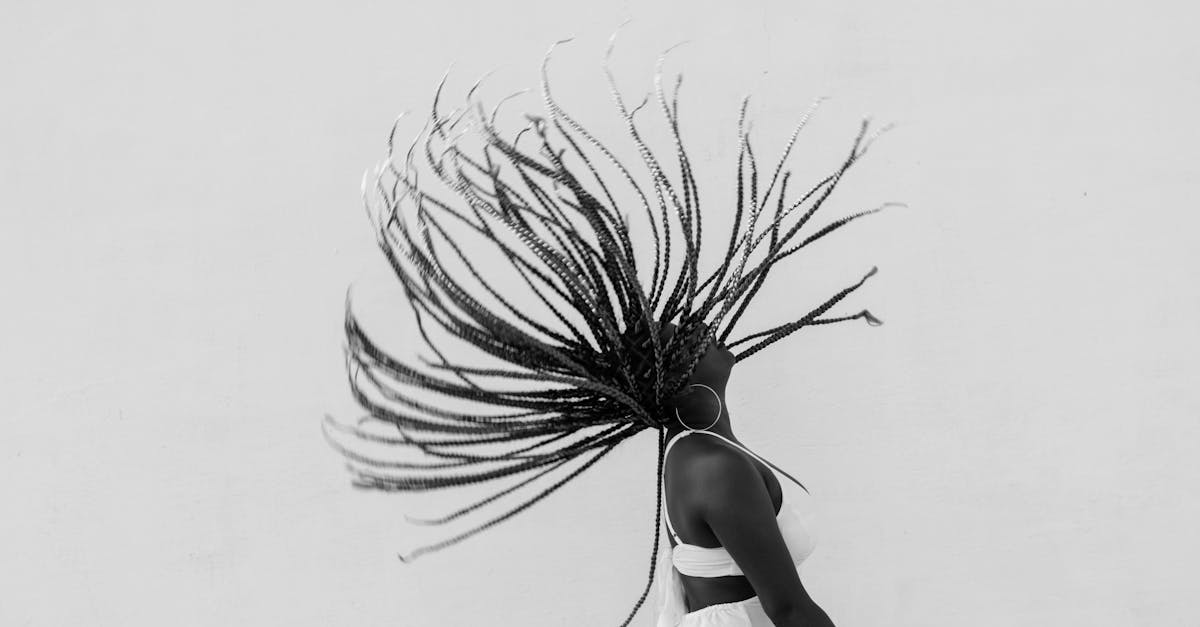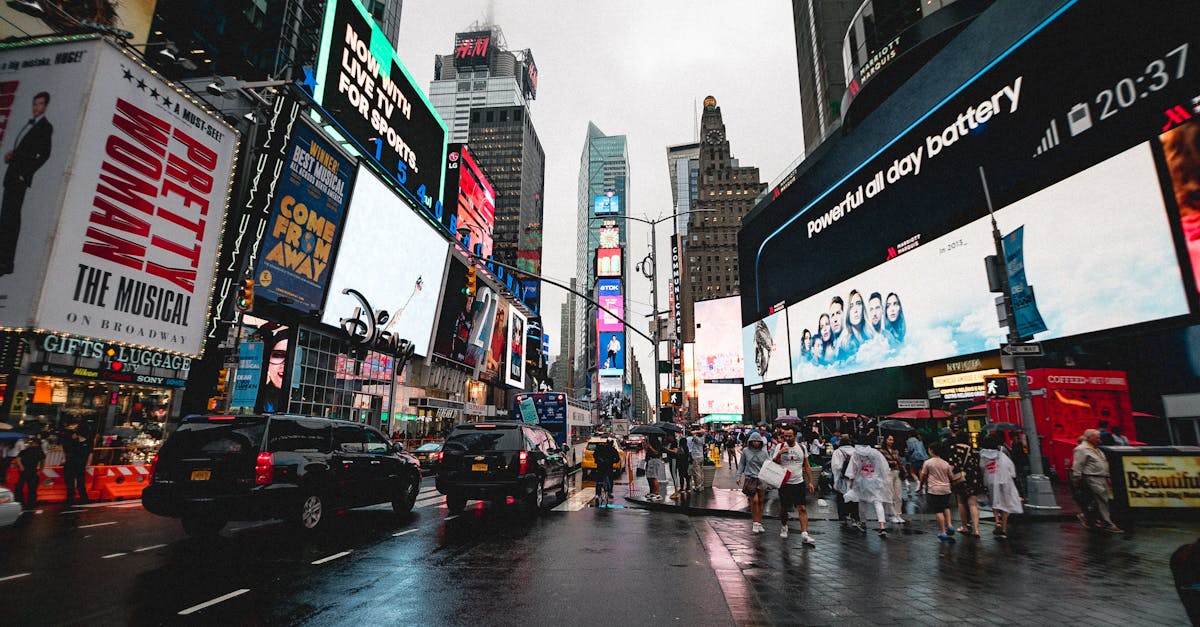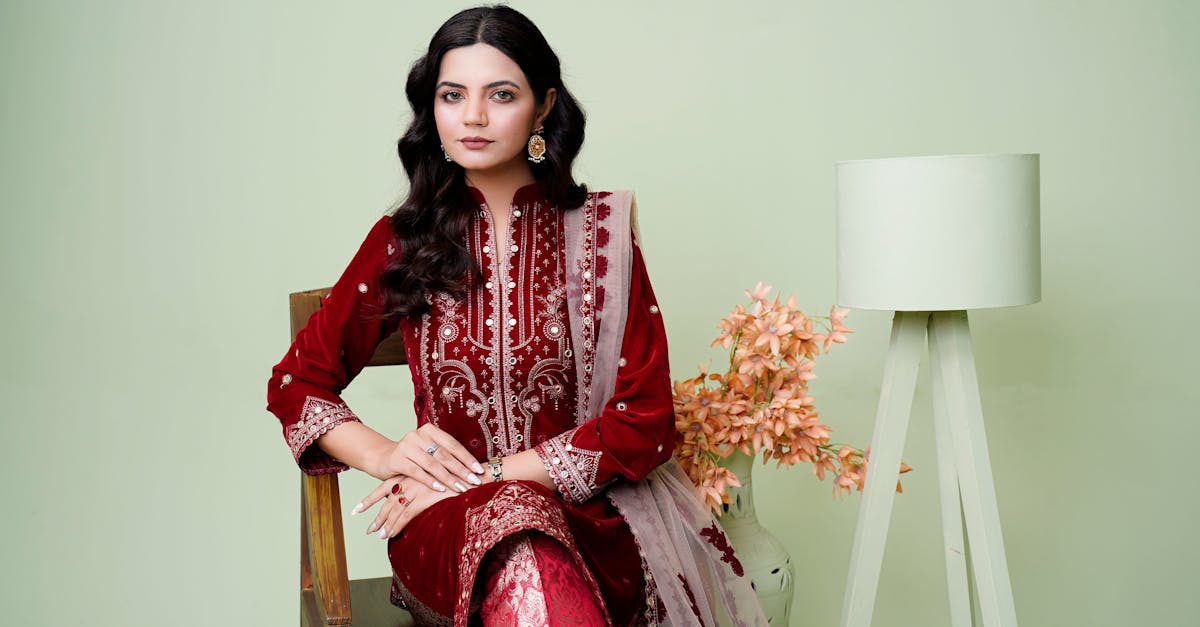Futuristic Fashion Forward Visions
Introduction to Futuristic Fashion
Fashion is a dynamic and ever-evolving industry, constantly embracing changes and new influences. The future of fashion promises a blend of technological advancements and sustainable practices. From smart textiles to eco-friendly designs, fashion is entering a transformative era. The role of technology in shaping fashion is pivotal, offering unprecedented opportunities to innovate. Sustainability has also become a key driver, as the industry faces scrutiny for its environmental impact. As we delve into futuristic fashion visions, we'll explore the possibilities and challenges that lie ahead.
Advertisement
Smart Textiles Revolution
Smart textiles are revolutionizing the way we think about clothing. These innovative fabrics integrate technology directly into the fibers, offering various functionalities. Whether it's a shirt that monitors heart rate or pants that adjust warmth based on body temperature, smart textiles are here to stay. These fabrics can also change color or texture, allowing for personalized and interactive fashion statements. The market for smart textiles is projected to grow exponentially as research and development continue to flourish. This marriage of fashion and technology promises to unlock possibilities previously confined to science fiction.
Advertisement
3D Printing in Fashion
3D printing technology is reshaping the landscape of fashion design and production. Allowing for on-demand manufacturing, 3D printing reduces waste and enhances customization options. Designers use this technology to create intricate patterns and structures that would be impossible to achieve by traditional means. From avant-garde runway pieces to practical everyday wear, 3D printing offers a fresh take on garment creation. This technology also supports sustainability by minimizing the material surplus, enabling designers to craft only what is needed. As costs decrease, 3D printing could democratize the fashion industry, making custom designs accessible to all.
Advertisement
The Rise of Virtual Fashion
Virtual fashion is becoming increasingly popular, driven by the rise of digital platforms and the metaverse. Virtual clothing allows users to experiment with bold styles without the environmental footprint. Digital garments can be purchased and worn in virtual environments, from video games to social media platforms. This trend also challenges traditional notions of ownership and consumption, as virtual wardrobes offer limitless possibilities. Additionally, fashion houses are beginning to embrace virtual fashion shows, reducing costs and reaching wider audiences. As the digital world expands, virtual fashion will likely play a significant role in the industry's evolution.
Advertisement
Sustainability and Eco-Friendly Practices
The fashion industry is under growing pressure to adopt sustainable and eco-friendly practices. From organic materials to fair labor policies, consumers today demand transparency and responsibility. Brands are increasingly turning to biodegradable fabrics and recycling programs to minimize their environmental impact. Innovations in textile production, such as waterless dyeing and fabric regeneration, are leading the charge. Some companies are even exploring circular economy models, where clothes are designed to be reused or repurposed. These practices indicate a significant shift towards sustainability, driving the industry's future in a positive direction.
Advertisement
Customization and Personalization in Fashion
With the advent of technology, customization and personalization in fashion have reached new heights. Consumers can now tailor garments to their specific needs, preferences, and body types. Advanced data collection tools allow fashion brands to offer personalized recommendations and designs. This trend fosters greater inclusivity, as clothing accommodates diverse shapes and sizes. Mass customization also reduces waste by ensuring that only desired products are manufactured. As technology continues to evolve, the fashion industry is set to embrace even more personalized experiences, changing how consumers interact with their wardrobes.
Advertisement
Artificial Intelligence and Predictive Fashion Trends
Artificial intelligence (AI) is playing a pivotal role in anticipating fashion trends. By analyzing vast datasets, AI algorithms can predict future trends with remarkable accuracy. This shift allows designers to stay ahead of the curve, aligning collections with consumer desires. AI also helps improve supply chain efficiency by optimizing production and distribution processes. Retailers benefit from using AI to enhance customer experiences through personalized shopping recommendations. As AI becomes more sophisticated, its influence on forecasting and designing future fashions will only grow, creating a seamless blend between technology and creativity.
Advertisement
Challenges in Embracing Futuristic Fashion
While the future of fashion is exciting, the journey towards it is fraught with challenges. Economic disparities may limit the accessibility of innovative technologies to a select few. Sustainable practices face hurdles in scaling up due to existing manufacturing processes. The ethical implications of digital fashion and its potential detachment from reality pose new hurdles. Additionally, concerns around data privacy and technological infrastructure need addressing. Navigating these challenges requires collaboration among stakeholders to build a future that is both innovative and inclusive.
Advertisement
Collaboration and Innovation in Fashion Industry
Successful futuristic fashion visions rely on collaboration and innovation across the industry. Designers, technology experts, sustainability advocates, and consumers must work together to create impactful changes. Cross-disciplinary partnerships pave the way for breakthrough ideas and solutions that can redefine fashion's impact. Global dialogues on sustainability practices and technological integration foster a shared vision. The blending of fashion and tech industries paves the way for cutting-edge innovations, ensuring that fashion remains at the forefront of creativity and progress.
Advertisement
Conclusion
The visions of futuristic fashion show a dynamic shift driven by technology and sustainability. Smart textiles, 3D printing, and AI are reshaping how we conceptualize style and functionality. The movement towards eco-friendly practices and digital engagement signals a more conscientious fashion industry. Although challenges remain, collaboration offers the promise of a brighter future. As these trends converge, fashion will continue to evolve, providing exciting and innovative experiences for generations to come.
Advertisement








